Am I Ready for 84 Miles of GRUSK?
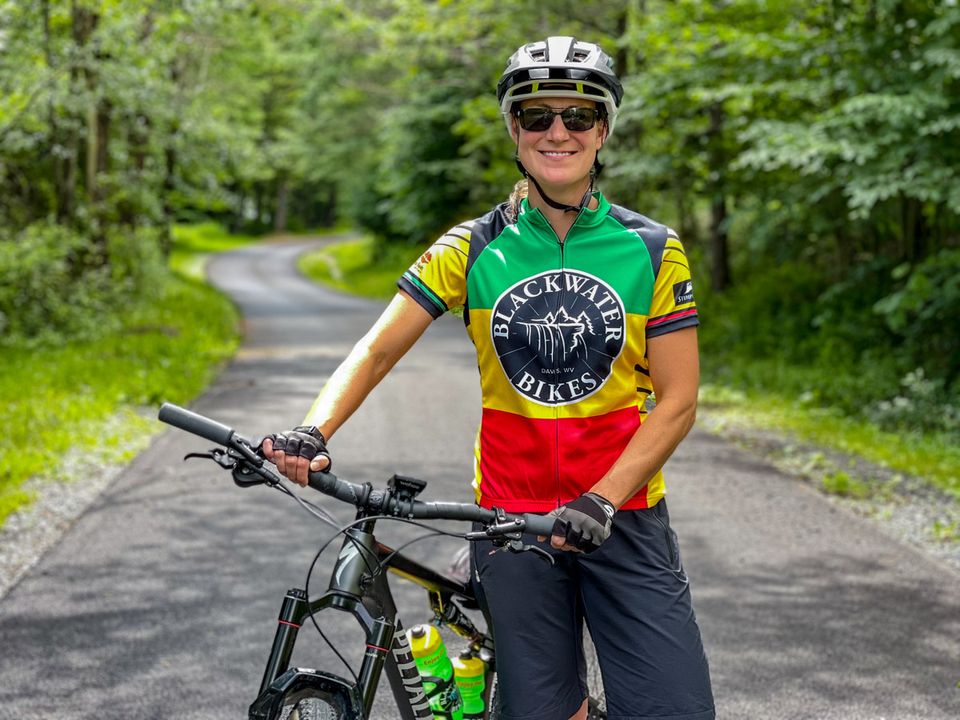
The answer isn't yes, no, or maybe. It's all three, and depending on the day, the time, and my mood, any one of the answers could be floating to the top. For me, event preparation comes down to four key elements: physical fitness, mental attitude, nutrition plan, and gear set-up.
What is GRUSK?
GRUSK is an adventure race of varied distances that hails by a catchy acronym which stands for the Gravel Race Up Spruce Knob. Spruce Knob holds the lofty title of West Virginia's highest mountain peak, clocking in at 4,863 feet (1,482 meters) above sea level. West Virginia's high point is also the highest peak in the entire four-state expanse of the ancient Allegheny mountain range and my home drainage basin, the vast Chesapeake Bay Watershed.
Except for winter months, reasonably well-maintained country roads deliver visitors to the Spruce Knob Observation Tower. Fear not; this is not a creaky, death-defying fire tower casting its swaying shadow over you. Instead, the stone observation platform offers an expansive 360-degree view of the peak's boreal forest with views out across the highlands. The U.S. Forest Service has also created a half-mile, gentle, interpretive path called the Whispering Spruce Trail. This short jaunt will reward you with unobscured panoramic views and plenty of photo ops.
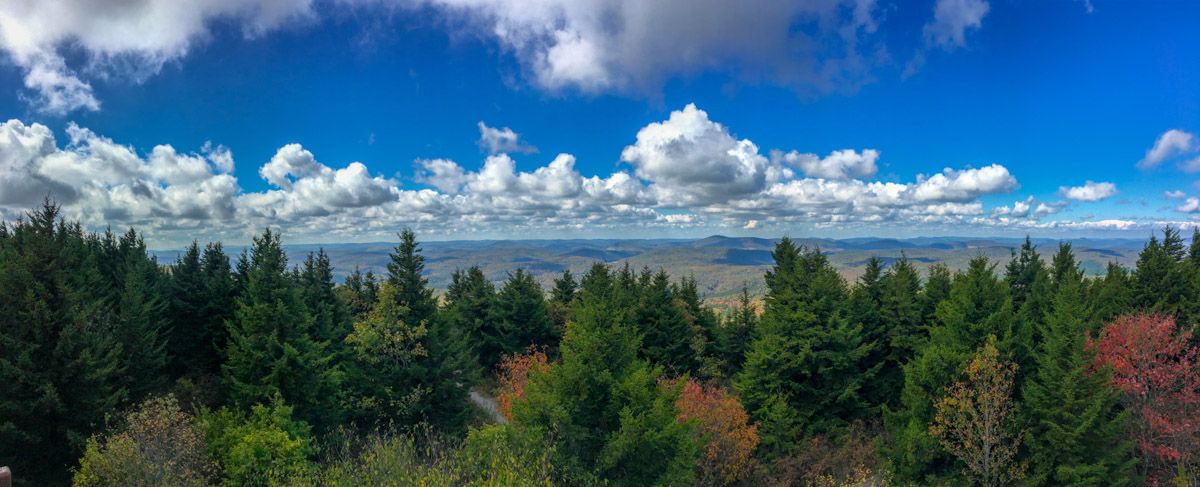
However, there is nothing about GRUSK that is short, jaunty, or gentle.
Organized by Mountain Rides and directed by Travis Olson, this 7th year of GRUSK is a non-competitive, timed gran fondo format. There are a whopping seven routes to choose from, including single-day races with distances of 25, 33, 55, 84, and 105 miles. Or, get out your backpacking gear and take in the two or three-day 220 or 260-mile adventure routes. Wide-ranging categories include men's, women's, and non-binary open as well as age groups, e-bike, Clydesdale, and tandem. In other words, there's an adventure for everyone!
Quick disclaimer: I'm providing these details about the race to build context for this story. If you're a rider or volunteer looking for in-depth information on pertinent race details, visit the official and up-to-date event website: www.bikereg.com/grusk.
The high point of everyone's race is, of course, Spruce Knob. I love that the organizers include this in each route, as it inserts a 5.7-mile climb with 1,013 feet of elevation gain into everyone's ride—and that's nothing to shake a stick at. With an average grade of 2.9%, it's not the steepest climb in the GRUSK Tall route of 84 miles that I'll be taking on, but it is the longest.
In preparation for the Leadville Trail MTB 100 race about a month from now, I seem to put every substantial climb through the Columbine filter. In the Leadville route, the infamous climb to Columbine Mine starts at mile 43, spanning a mere 8.6 miles while gaining a monstrous 3,331 feet in elevation, transporting riders to the race's high point of 12,600 feet. With an average grade of 8.6%, I will go out on a limb and say it's at least three times harder than the climb to Spruce Knob. Throw in the altitude; let's call it four times as difficult. I'm not diminishing the effort we will all bring to GRUSK this weekend, but it leads me to the purpose of this race, for me at least: Practice.
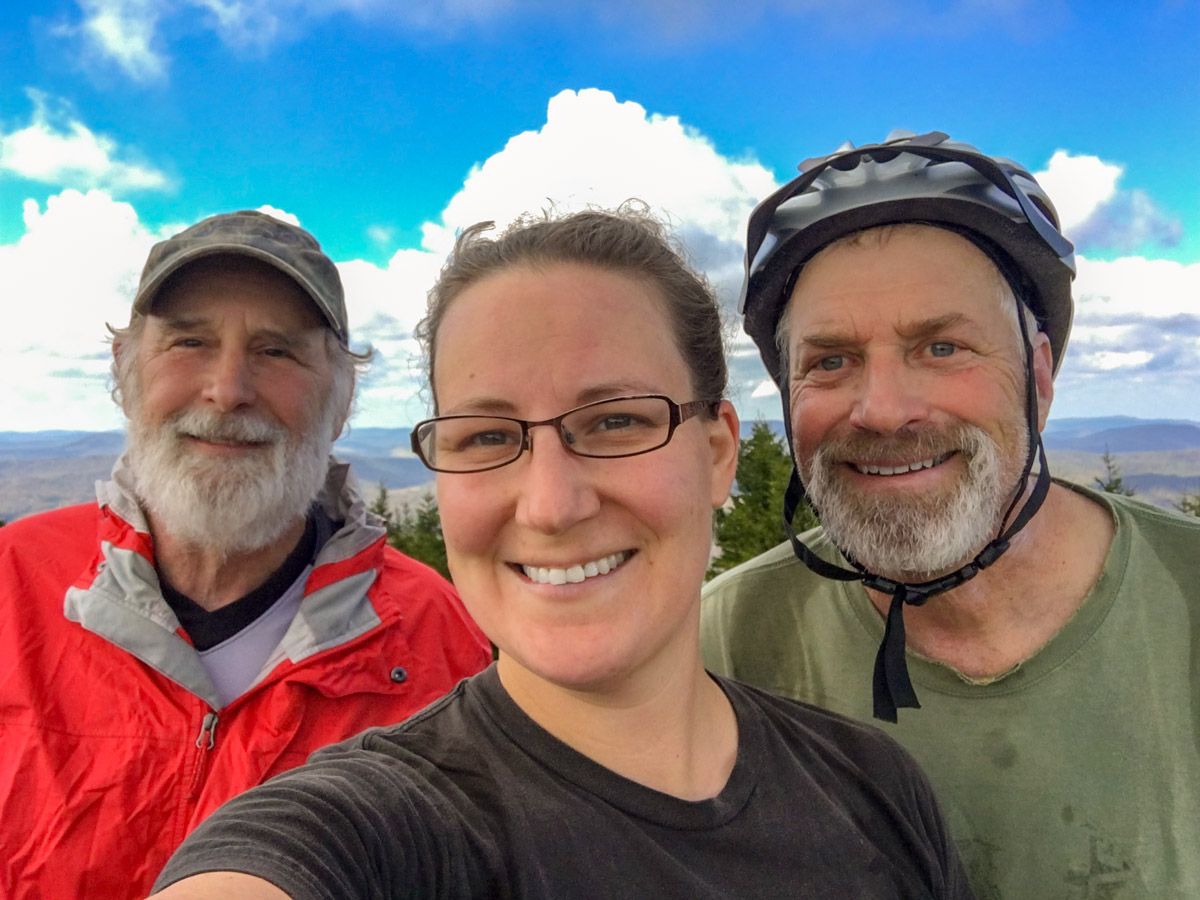



[2016] My last visit to Spruce Knob was when Eric, Ed, and I enjoyed a mountain bike trip down the Huckleberry trail on a perfect fall day.
"B" is for Big Practice
Race prioritization is a fancy word for defining which event is most important to an athlete during the racing season. A good coach or training plan will consider this race, or series of races, ensuring that your fitness is peak leading into them. These are the "A" races. Thankfully, not every race is an A race. There are also B and C races, each with a clear purpose. B races are the perfect test of fitness, nutrition, gear, pacing, and…nerves. C races also offer valuable practice but generally serve as challenging, competitive training rides.
GRUSK Tall is my B race. I had a couple of C events in the form of two epic fat bike races this winter, but that's about it. This is an excellent video by Jerimiah Bishop; we had similar experiences, but his only took half as long!
Preparing for a long group training ride often mimics the mindset of race prep. But nothing can mimic the bundle of nerves in the pit of my stomach due to how much I have riding on a good outcome of the race. And the result has nothing to do with the podium, for I'm not likely to get there. Instead, a win for me is defined by a) finishing and b) finishing in style.
Most folks who make the effort of training, preparing, registering, and showing up to the start line of an event hope to finish, for any other perspective would be self-limiting regardless of how realistic or not a finish might seem. So yes, it seems apparent that I'd want to finish. But in style? What do I expect, the ponytail still intact and no mud splattered along the ass crack of my shorts? Or maybe zero blood or fresh contusions? Well, no. There is a good chance all or some of those things will be present while I reward myself with plenty of style points.
To me, a successful finish is one where I'm not bonking, puking, or fighting back the tears while staggering around, unsure of my current location, racked with joint pain sporting a Quasimoto gait.
Gee, Vick, that's a low bar.
Bear with me here: that is indeed the bare minimum of what it means to finish a race for me. The style points I'm looking for involve crossing the finish line knowing I've given every ounce of effort available within my current fitness without blowing up, even if there are blood, scratches, and tear streaks. The truth is, so much can happen over the course of 84 miles, but how did I respond? How did I recover from the low points that I know await me? That's where the race is won, in my perspective. Not how fast can I go when everything is perfect, but how can I find a way to rescue the joy of the ride despite circumstances taking a turn? I don't have some magical sunburst answer for this, but that's the whole point. Each big ride, event, or race is a mission of discovering our most authentic selves, for only we can pedal that bike across the finish line.
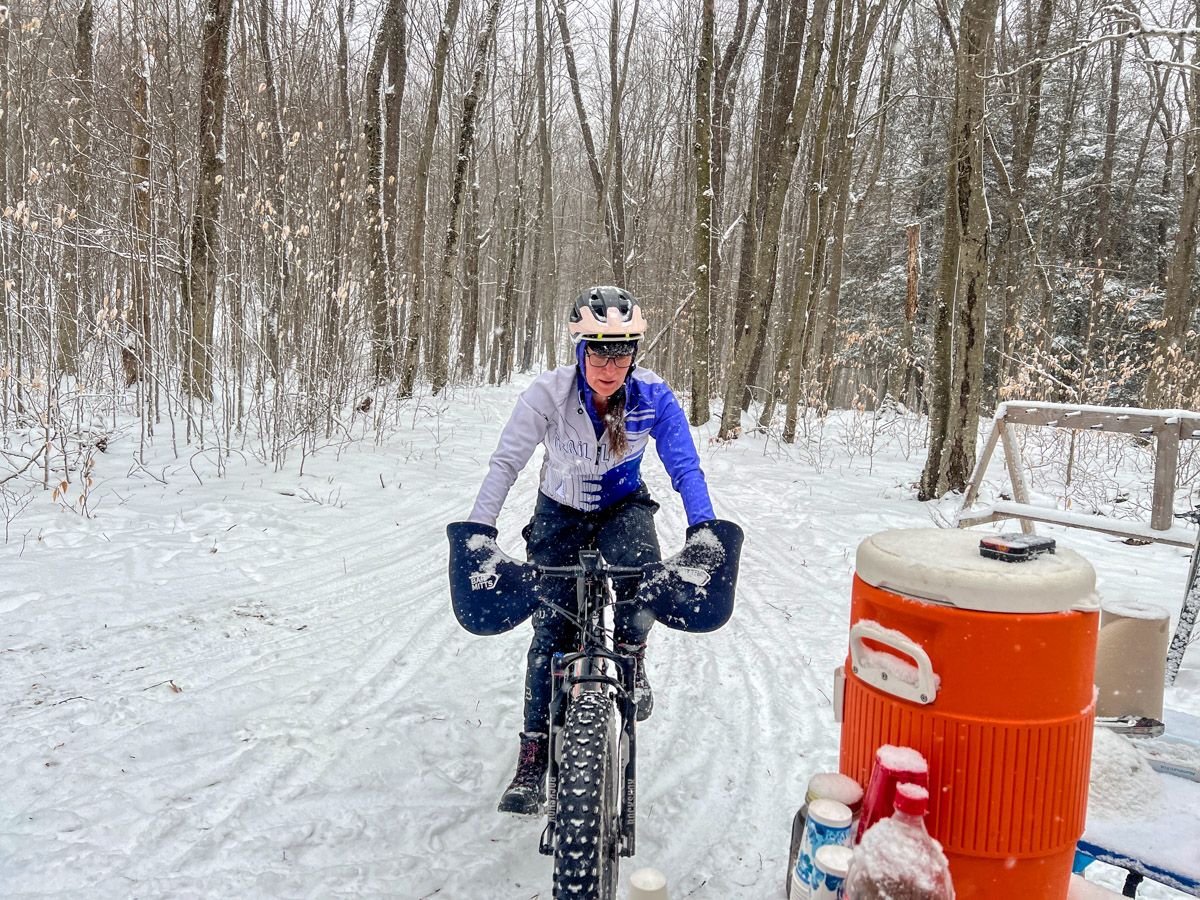



This year's Canaan Valley Fat Champs were held on an epic winter day at White Grass. I learned there is nothing that some fresh bacon, a Coke slushy, and your best buds cheering you on can't fix.
The Four Pillars of Prep
Mind you; I just coined that phrase. A seasoned racer might be shaking their head, thinking, "Doesn't she know there are five pillars? Poor kid." But for me, this is how it all breaks down.
Physical Fitness
As I write this, the race is in four days. At this point, there's not a lot I can do about building fitness. Remember, I'm still training for Leadville, a.k.a. the A race, so the work I'm doing this week is building fitness for next month's main effort. However, I find it helpful to acknowledge the clear progress I've made over the last eight months of training with Cycle Strategies. I could compare all sorts of numbers and ratios to prove it on paper. Or, I could share this pretty spectacular reality: I can feel myself getting faster. Power meter, GPS-equipped bike computer, and heart rate monitor aside, the most straightforward evaluation is perceived effort, and I feel stronger.
Quantifying fitness can be immensely valuable in setting a race-day pacing strategy. Unfortunately, I find it hard to stick to any pacing plan once the pack has engaged, and I don't want to be left out! During GRUSK, I hope to contain this bat-out-of-hell behavior instead building a steady endurance pace. But race pace inherently means I'll be pushing myself and finding my limits.
Mental Attitude
I'll work on this, on and off the bike, until the universe finds another purpose for my atoms. I wish I could say I spend 30 minutes daily in peaceful meditation or have a series of positive mantras and empowering self-talk strategies. I wish.
I do have a little something I like to call MFT under my belt: Mental Fortitude Training, otherwise known as Mother F*** This!
MFT comes in many forms. It can be a wet, muddy, 40-degree ride in the early spring where everything is numb except what hurts, and the 8-mile downhill is forcing stinging pellets of water, quite innocently known as raindrops, behind my foggy glasses and into my pupils. Or, it can be a mind-numbing two-and-a-half hour indoor session on the trainer in the winter while all my friends are busy having fun on the ski slopes. Or when the 50-mile ride becomes 70 miles, and expectations have been tossed so far over the cliff that I wonder why we don't just do another 30 miles and call it a century. Whatever the case, I've had my share of MFT during this training season, and I'd like to think I've built up some mental callous for when the proverbial crap hits the fan.
I also have a superpower to deploy when necessary. Like a glowing red finger pointing me home, it only reveals itself when situations get uncomfortably dark because it has the potential to backfire and trigger a spiral of its own. This superpower is memories of my past as a caregiver for my husband and mother and my time spent by their sides as they reclaimed their titles of stardust. There are more than a handful of atrociously terrible moments that I can viscerally recall, to which I ask myself: Is this really worse than that? Of course, the answer is always no.
I also ponder a lyric in John Denver's "Sunshine on My Shoulders." Even though he's paying homage to the happiness brought by the sun, there is a line that encompasses more than the perfection of a sunny day and, for me, expresses the glory of riding for all those who can't:
"If I had a day that I could give you, I'd give to you a day just like today."
Rain, snow, or shine, any day is a beautiful day. Especially one spent on a bike.
Nutrition Plan
You could also call it a fueling strategy or feeding schedule. What are we, cows prepping for slaughter? Sometimes, honestly, it feels like it. As I've learned over these last few years while increasing my distance on the bike, I can't just eat when I'm hungry or when there's a nice viewpoint to have a snack. I must eat and drink regularly to keep the carbohydrates and glycogen stores topped off.
A quick primer on glycogen: it is the primary way our body stores the glucose found in carbohydrates for later use. A lot of it hangs out in our muscles, and for every gram of carbohydrate we eat, 3-4 grams of water follow. This is why any weight loss program, especially Keto, looks impressive in the first week. The loss of "water weight" that everyone goes on about is just your glycogen stores depleting since you're not taking in enough daily calories to restore them. Oh, and the lack of sodium from the fast food joint also reduces fluid retention.
On average, we can store about 2,000 calories of glycogen in our muscles. We have another 500 calories in our liver. Once we've topped off these stores, our bodies start filling the mason jars for later use when times get tough, building adipose tissue, otherwise known as fat. The glycogen in our muscles and liver is much easier than fat to access and burn for immediate use. This explains the dreaded "wall" many first-time marathoners fear slamming into. After about 4-hours of a slow and steady marathon pace, you're at mile 20, and your glycogen has left the building. If, along the way, you haven't taken in any new carbohydrates for immediate use, you will bonk. A true bonk is hard to recover from. Overwhelming fatigue, dizziness, nausea, headache, muscle cramps…need I go on?
But a bonk is not the only result of under-fueling. Simply getting tired and slowing down sooner than expected is disappointing enough. I have a timer set on my Wahoo bike computer to remind me every 30 minutes: "Eat and Drink." I'm planning on topping off my glycogen stores with some extra carbohydrates the day before and hoping to take in about 60 grams of carbs per hour via gels, drink mix, and sweet and salty treats. By comparison, elite athletes can train their gut and muscles to handle 90 or even 120 grams per hour. I can't imagine! I also plan to drink approximately one bottle–24 ounces–of fluid an hour. This is a basic rule of thumb, and there is a fine line between staying well hydrated or overdoing it, resulting in too much time off the bike and in the bushes.
Gear Prep
In many ways, my technical brain finds this part extremely fun. I'll be riding this gravel race on a mountain bike for several reasons. First, I don't own a gravel bike. However, I could easily rent a faster, more gravel-appropriate set-up from one of our local outfitters, Blackwater Bikes or Trail Labs. But remember, the point of this B race is practice! I want to ride what I'll be using in the Leadville 100, which is pretty fancy in my book: a Specialized Epic Evo with back-saving rear suspension that can lock out and 130 mm of front travel via a RockShox PIKE Ultimate. I've tried to gravel-ize it a little by putting on fresh Vittoria Terreno 2.25 tires with a semi-slick center tread bordered by side knobbies. I fully embrace the transition to clipless pedals with new Shimano cycling shoes and XTR pedals. I'm also running tire inserts for the first time to rescue my race should I encounter a catastrophic flat while on the course.
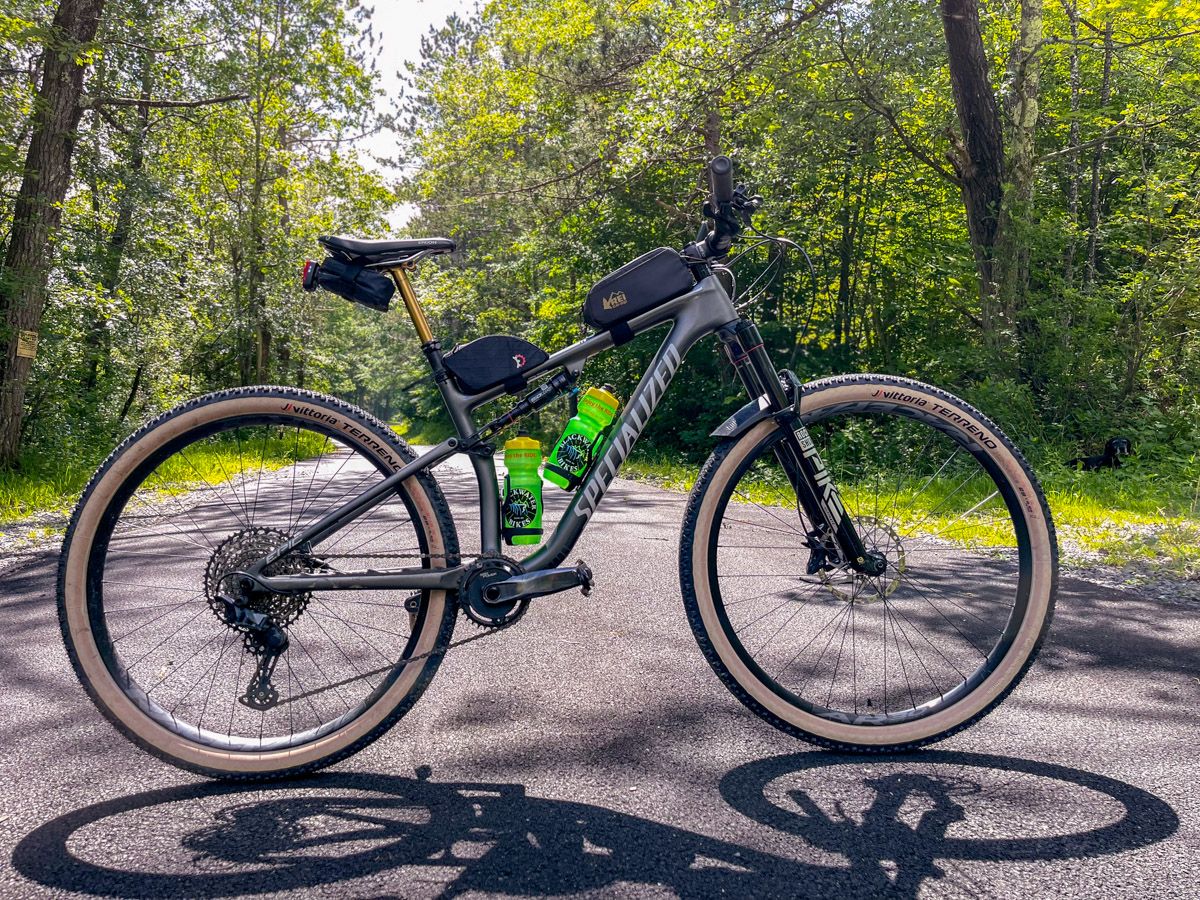
But the bike is only one aspect of the gear. My cycling kit, otherwise known as clothing, must be tried and tested before I put it to use in longer distances. Thanks to some recommendations from female riding buddies, I've settled on the Terry Bella Prima. It has a lighter-weight chamois than I'm used to, but I've done a 60-mile ride in it and found it surprisingly comfortable. I'll also be proudly sporting my Blackwater Bikes jersey, a great big shout-out to my first-ever sponsor! Rear pockets will be stuffed with food, an extra layer, or a water bottle.
I've learned that keeping a pack off of my shoulders is beneficial for reducing wrist pain, at least for my personal biomechanics. Instead, I have three bags planned for the bike: one compact saddle bag that contains a lightweight spare tube and everything I need to install it. My main tool bag sits where my top tube meets the seat post and houses my multi-tool, CO2 cartridges, quick links, tire plug kit, chain tool, seat post clamp to fix an errant dropper post, and some extra tire sealant. I have what seems to be an oversized REI brand feed bag, which admittedly gets in the way when I stand up to pedal. However, I can pack basic first aid, food, and even a hand pump. Hard to argue with. There are aid stations along the way where I can leave extra food, tubes, and lube, but GRUSK is a self-supported race. So I need to balance being largely self-sufficient against over-preparation out of fear of the worst.
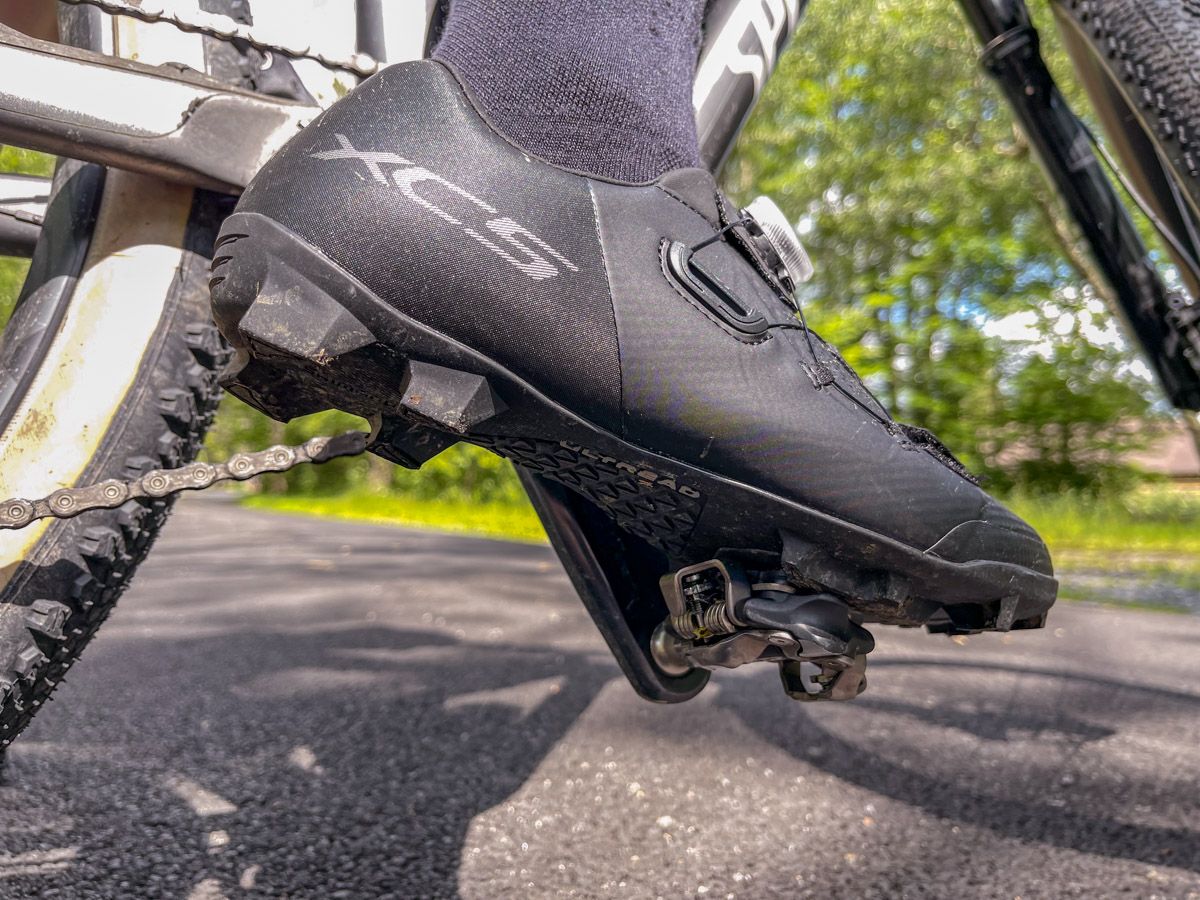


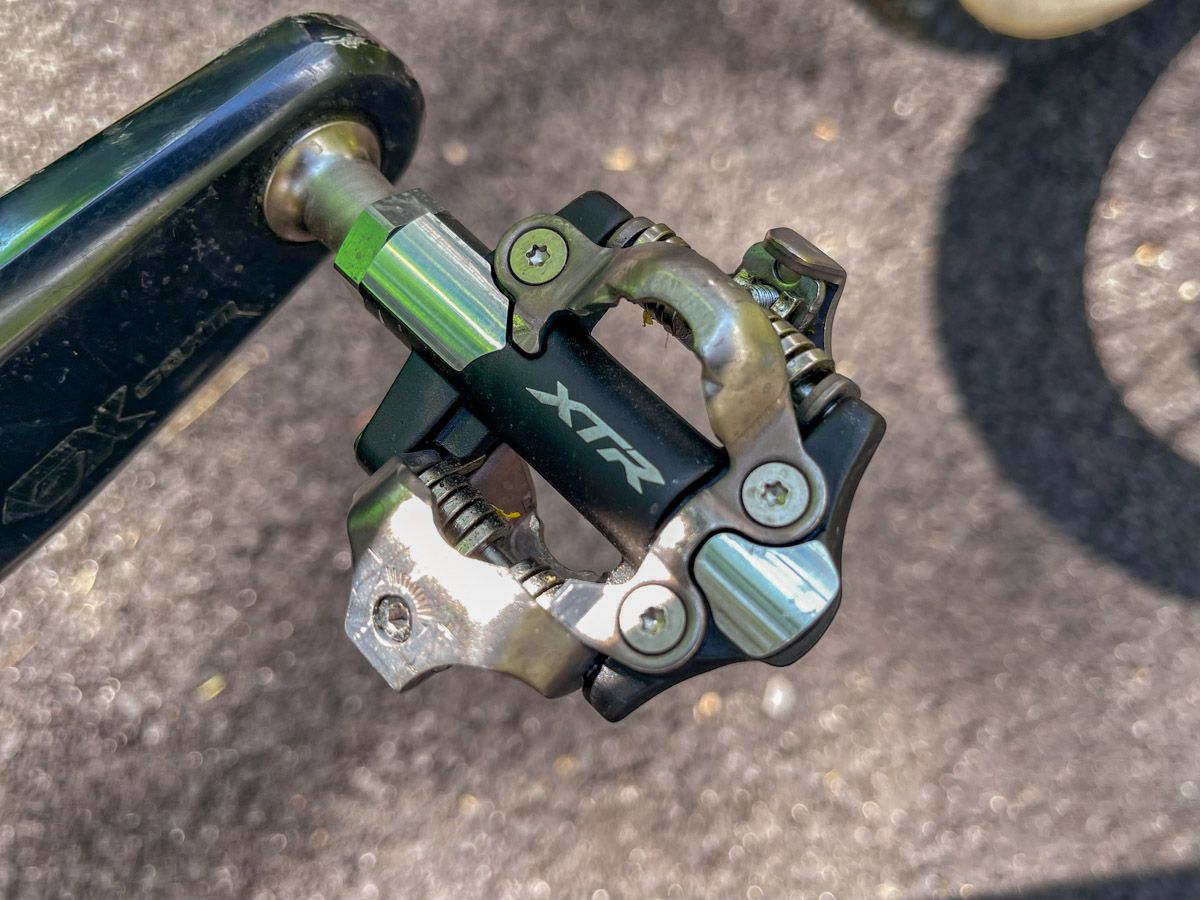
Fancy upgrades or marginal gains? Whatever you call it, the new pedals, shoes, and tires feel amazing!
Let's Ride Bikes!
I love when I wake up in the morning knowing the only thing I have to do that day is ride my bike. No emails, work calls, or pesky house chores will interfere. Add to it riding through some of the most beautifully lush mountains West Virginia has to offer with 485 other adventure-loving souls; how can I not find joy?
Follow me on X @vweeks and Instagram @victoria.weeks for daily meanderings.
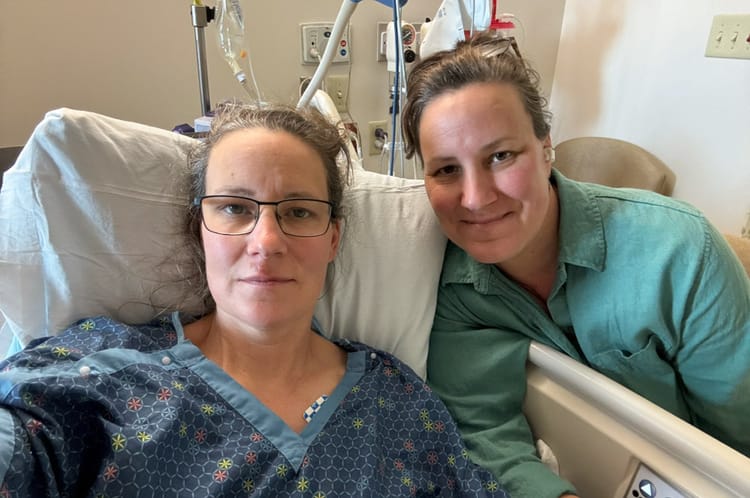
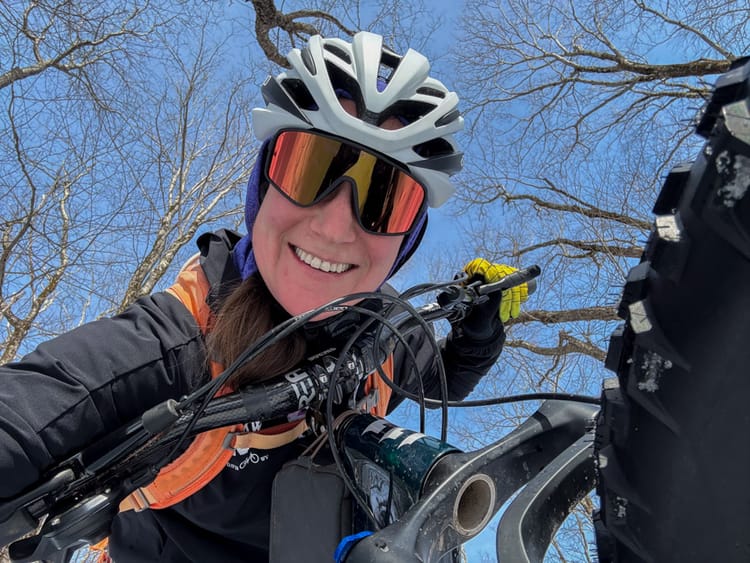
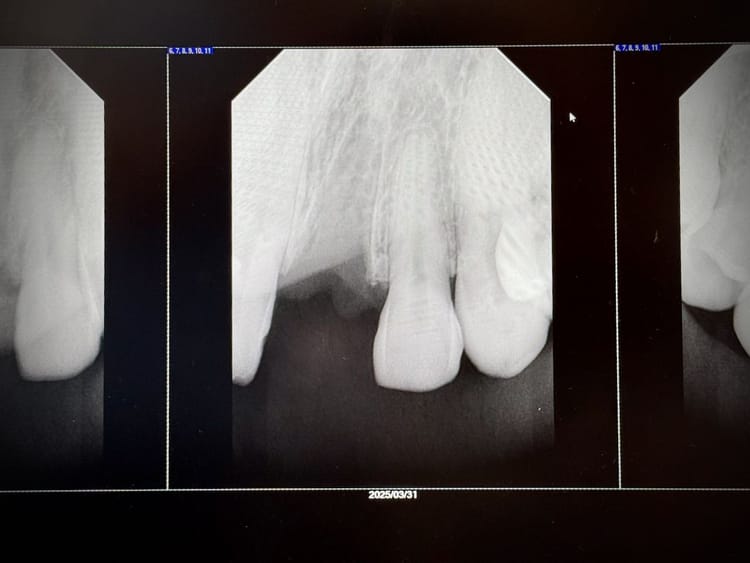
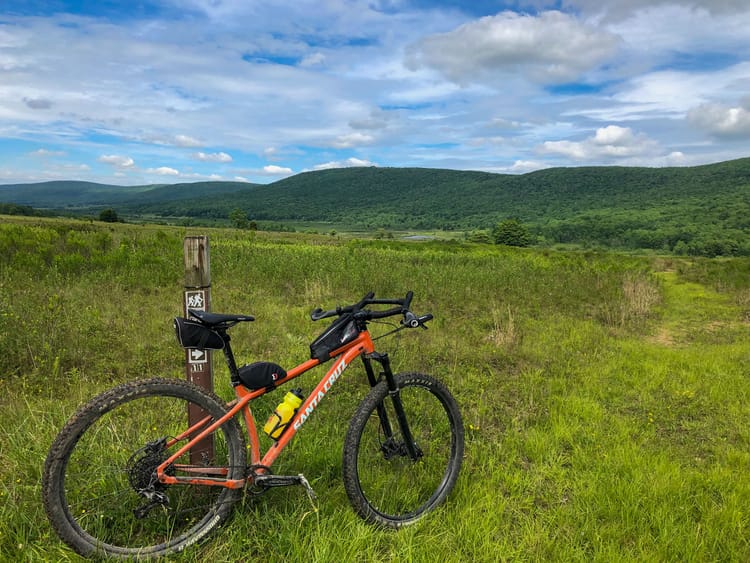

Member discussion